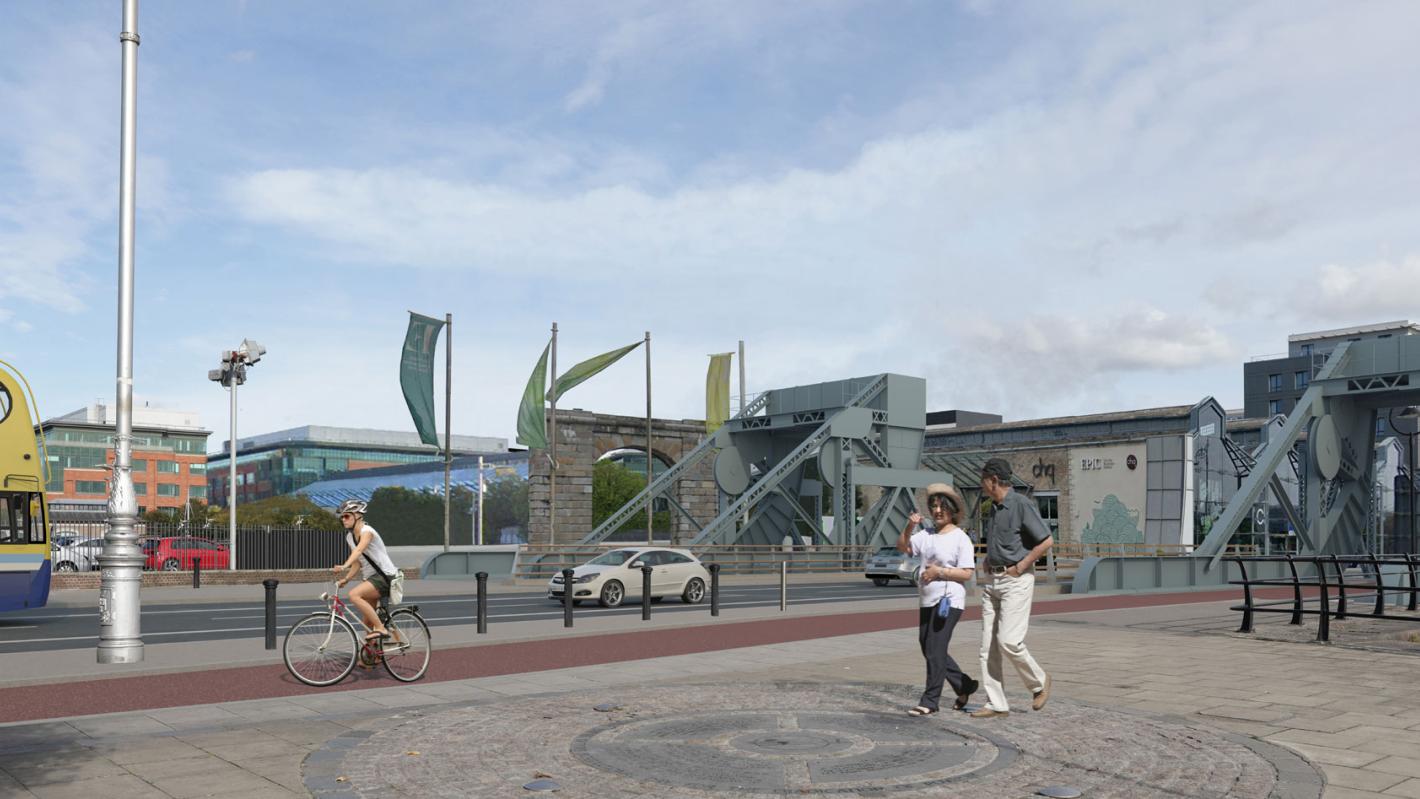
BusConnects is a major investment programme designed to improve bus services in Irish cities.
Delivering a more efficient, reliable and better bus system in the Dublin Region

The National Transport Authority (NTA) aims to develop an enhanced bus system that is better for Dublin city, its people and the environment by creating 230km of continuous bus priority and 200kms of cycle tracks along 16 of the city’s busiest corridors and redesigning the network.
In 2019, ROD-TYPSA was appointed by the NTA to progress BusConnects Infrastructure Project D, comprising the Ballymun, Finglas, Kimmage and Ringsend to City Centre bus corridors.
The project scope includes:
Our initial work focused on reviewing the feedback to the first public consultation and refining the initial concept designs to reduce and/or manage adverse impacts on local communities, where practicable.
Our revised design proposals for the Ballymun, Finglas, Kimmage and Ringsend core bus corridors (CBCs) were included in the second non-statutory public consultation, which was successfully progressed during March and April 2020.
Public feedback is currently being reviewed to establish the acceptability or otherwise of the revised proposals. In the meantime, surveys, audits and background design development work is being undertaken with a view to completing planning applications for all routes in early 2021.
BusConnects will form a core element of the transport infrastructure for the sustainable development of Dublin as it continues to grow.
A significant modal shift away from private car transport to the sustainable modes of public transport, cycling and walking will allow more people to move more efficiently along each core bus corridor.
Speedy and efficient bus services will provide greater freedom of movement across the city on an integrated transport network that will reach within short walking distances of homes and destinations throughout the city.
By providing a wide network of continuous, safely segregated, cycling facilities, the cycle routes will encourage more people to cycle across the city.
BusConnects will avail of existing road space, with minor widening required in a few key locations only. Limited construction will therefore be required.
Where bus lanes cannot be provided, smart signalling will achieve bus priority, thus avoiding the need for wide-scale building demolition, as happened in past urban road improvements.
Extensive collaboration with the three other design teams involved in Project D, namely AECOM-Mott McDonald, Arup and Jacobs, has been necessary to meet the challenging design programme.
Collaboration with the Environmental Assessment and traffic modelling teams comprising Jacobs, ARUP and Systra is also ongoing.
